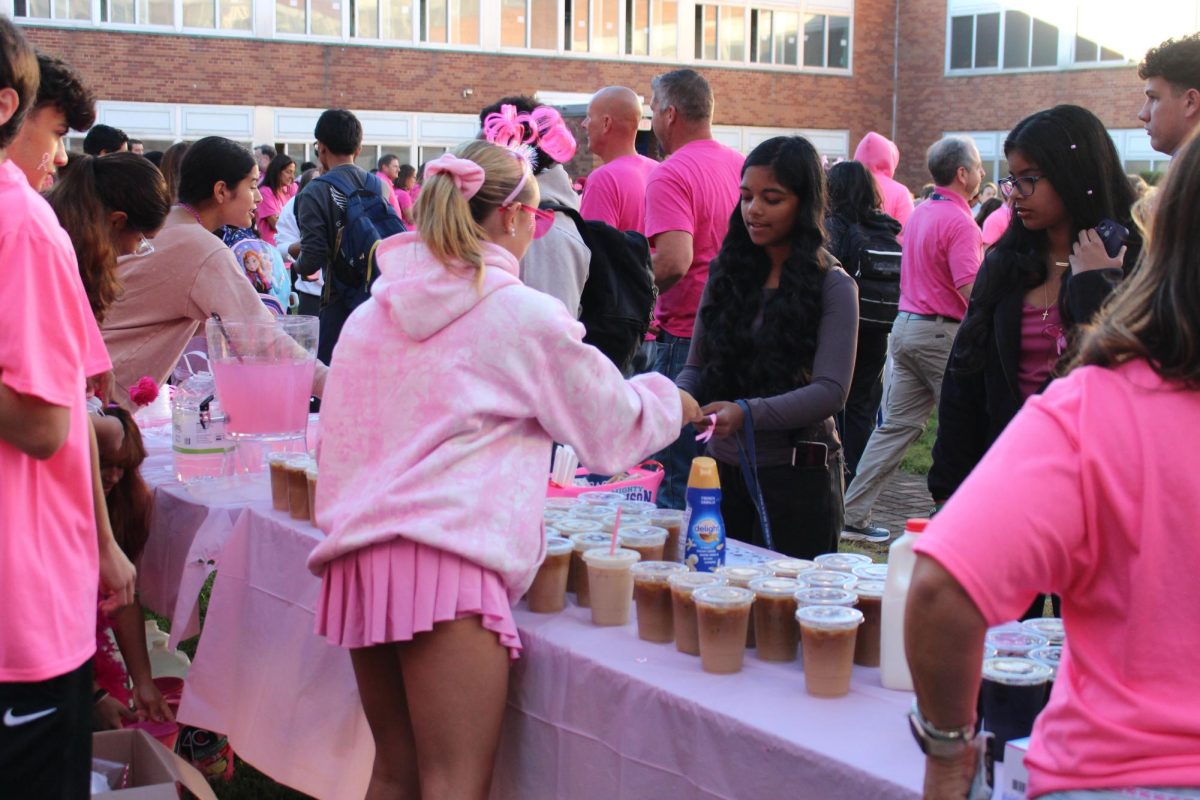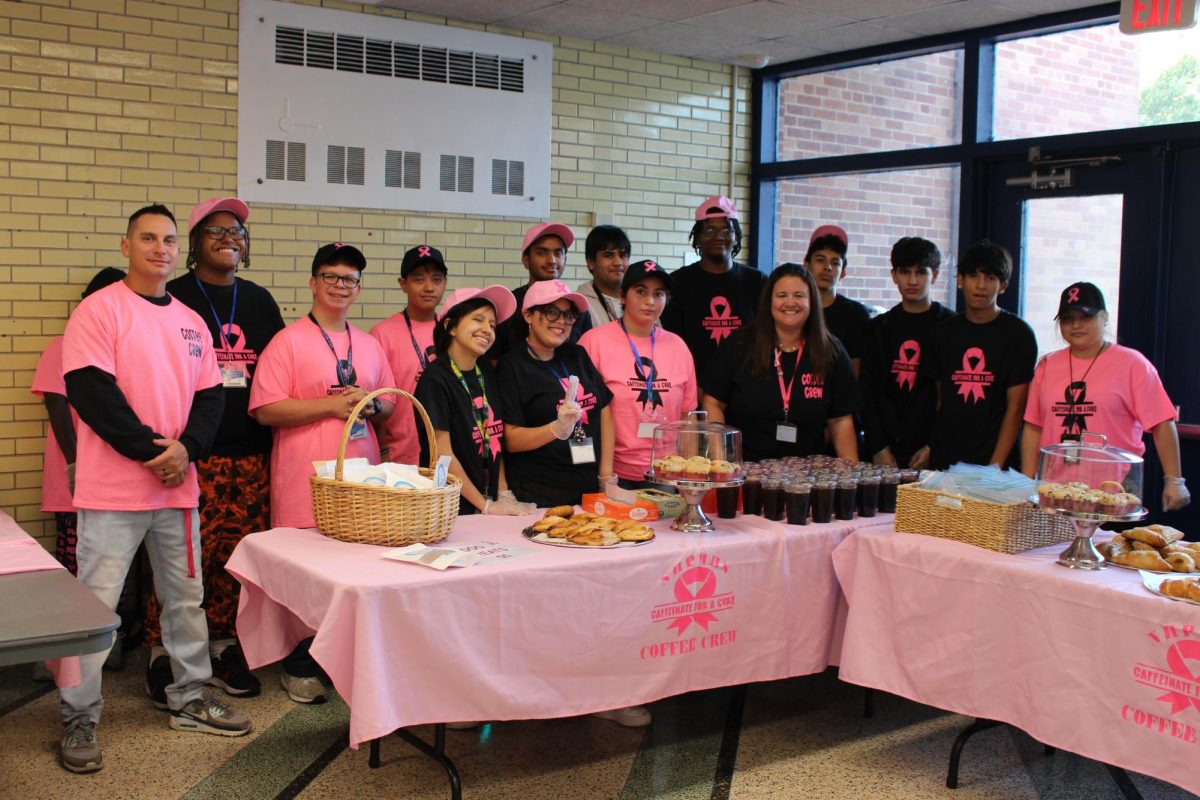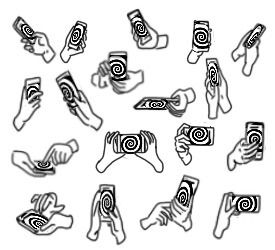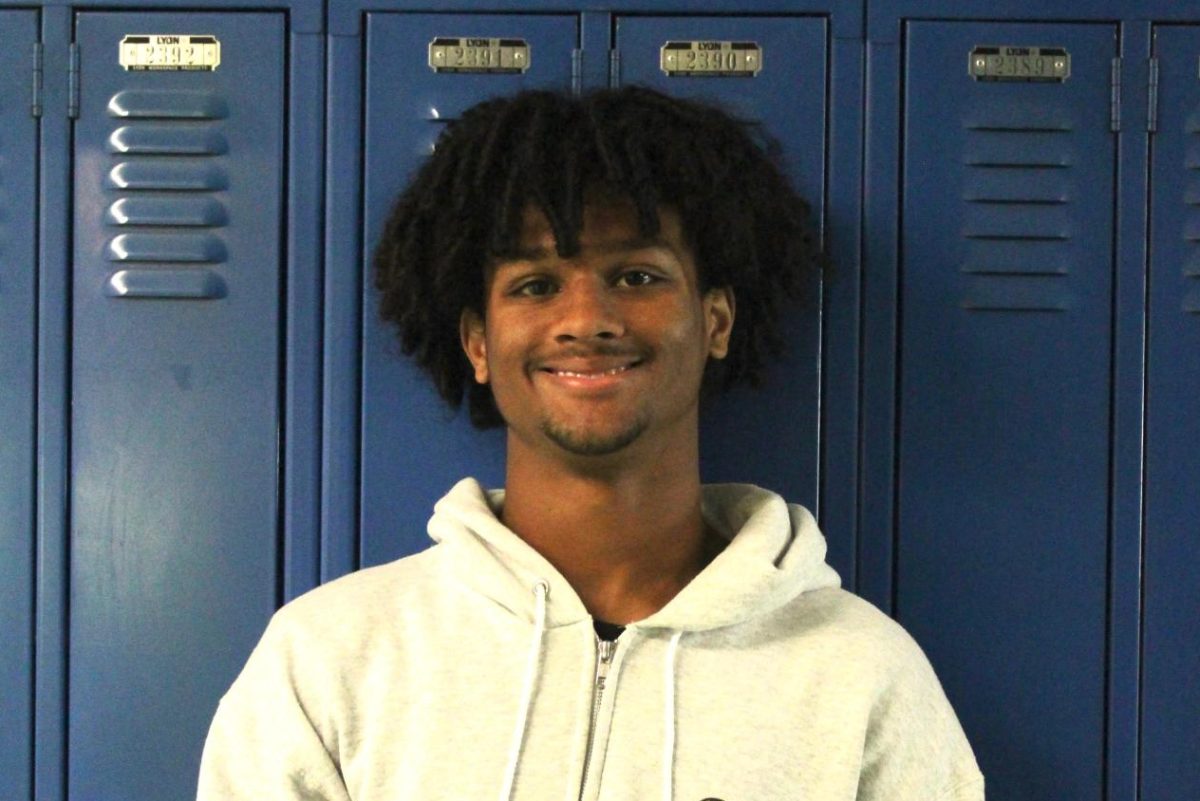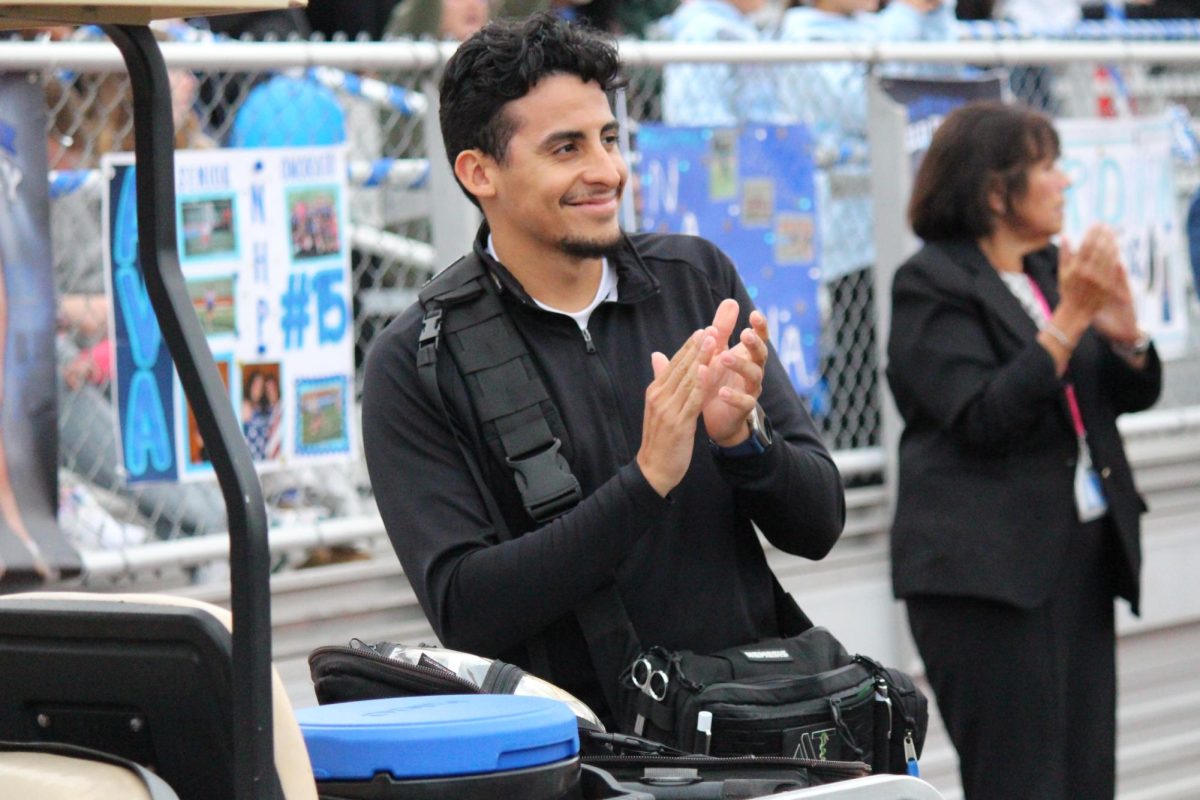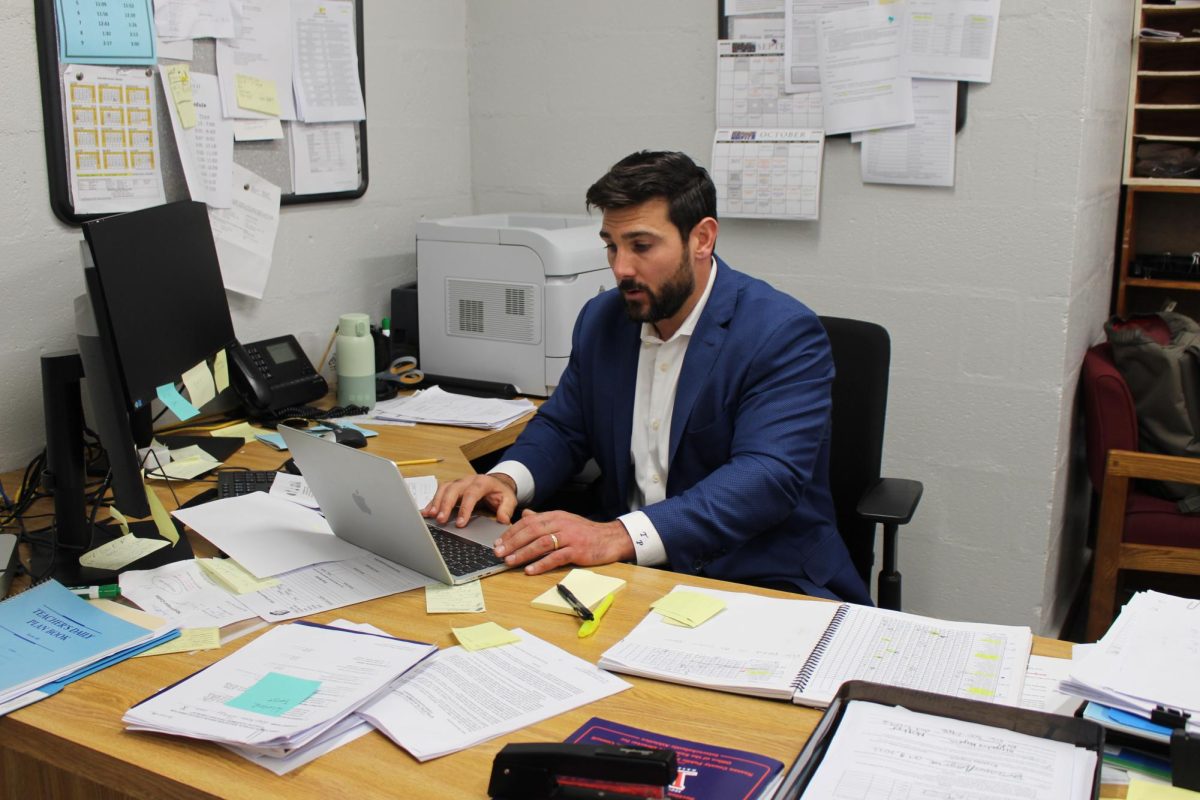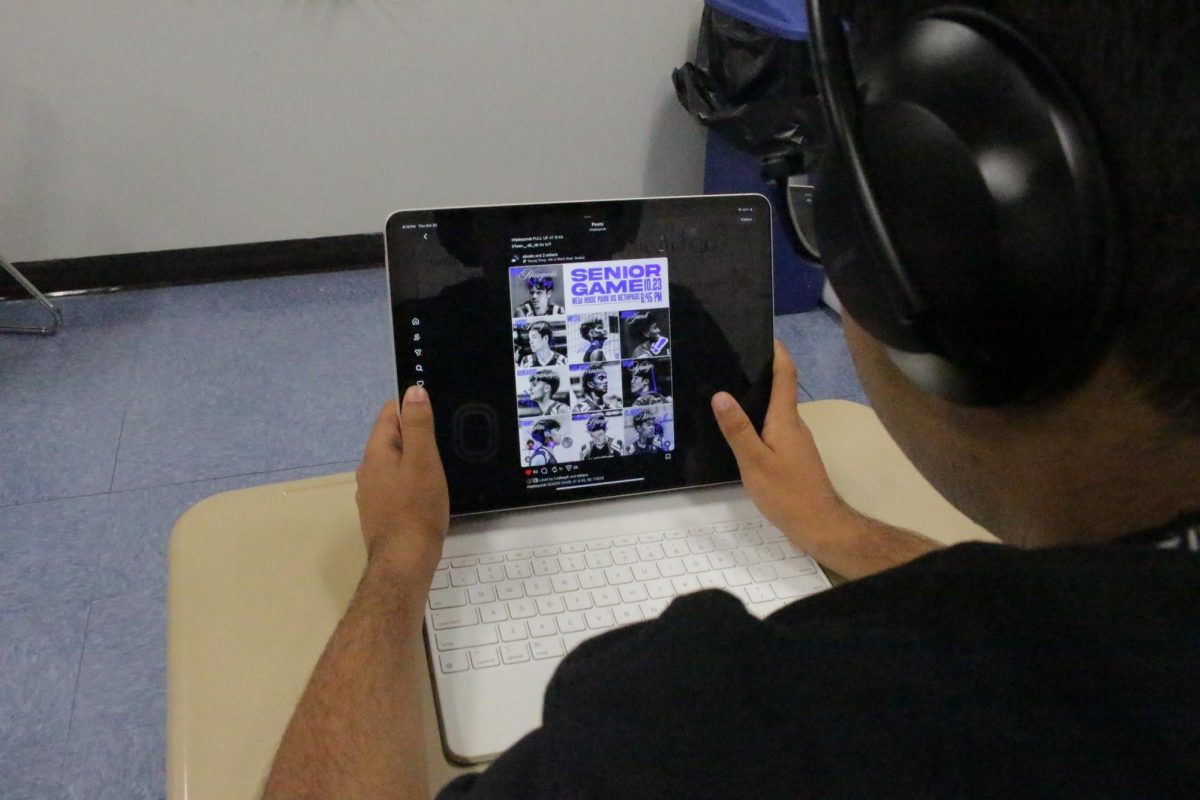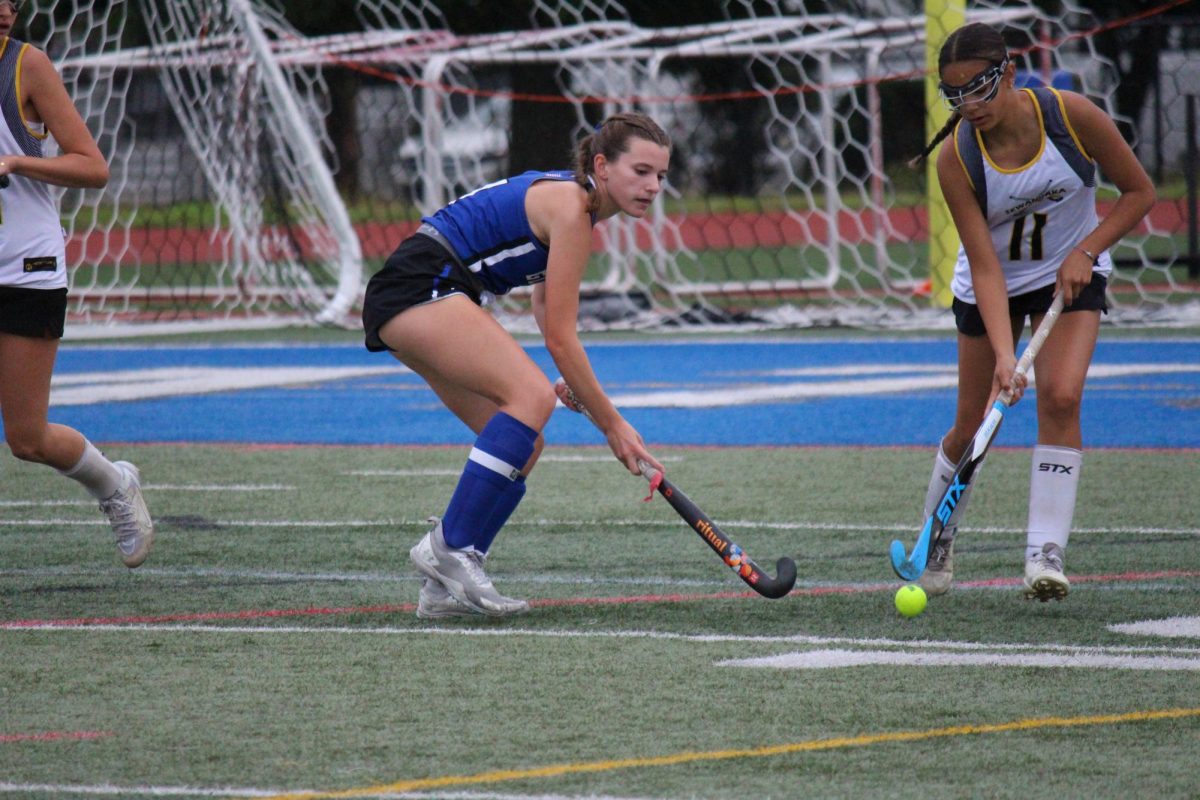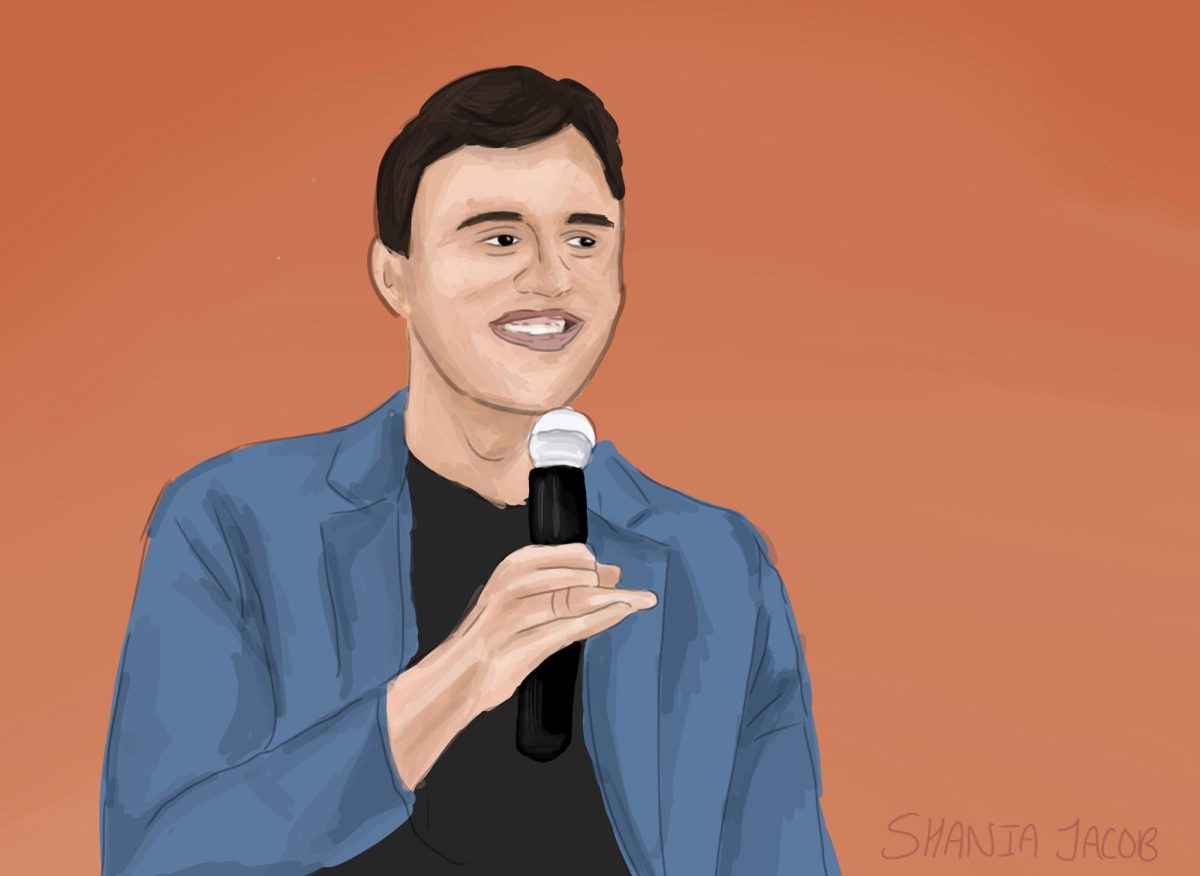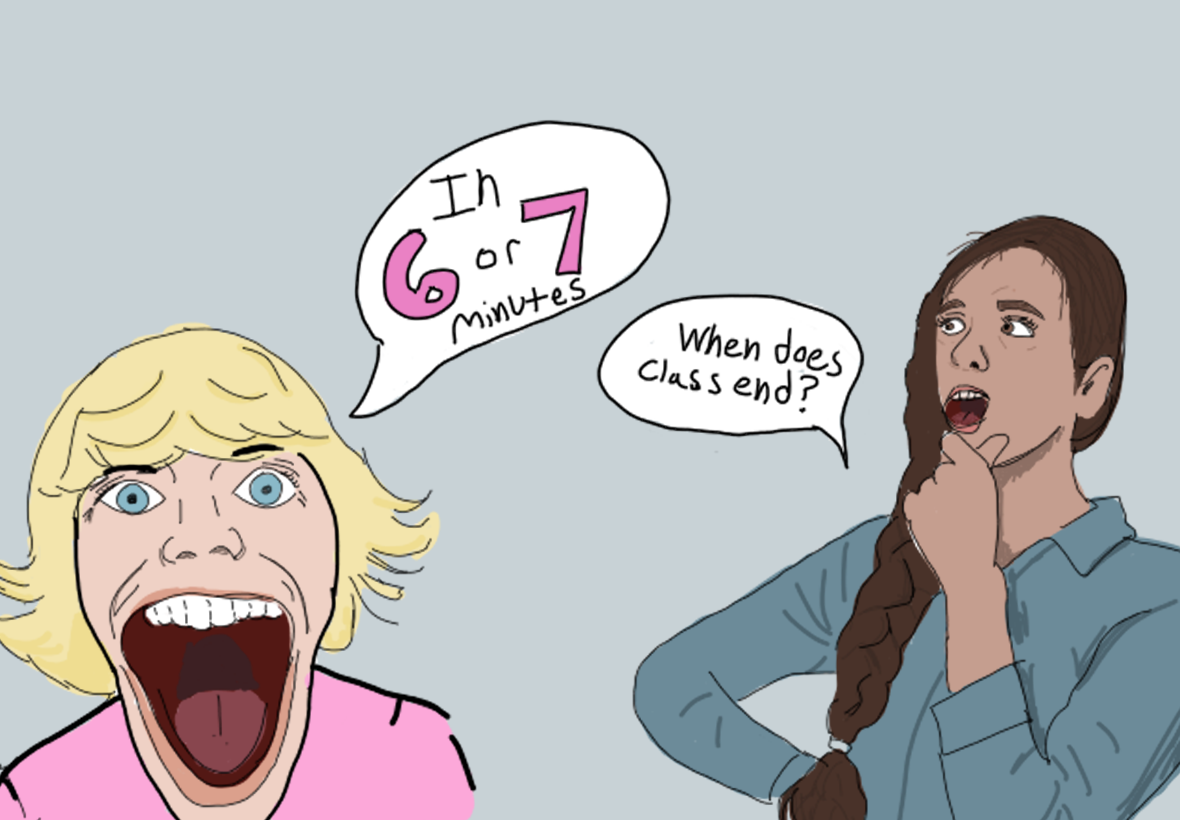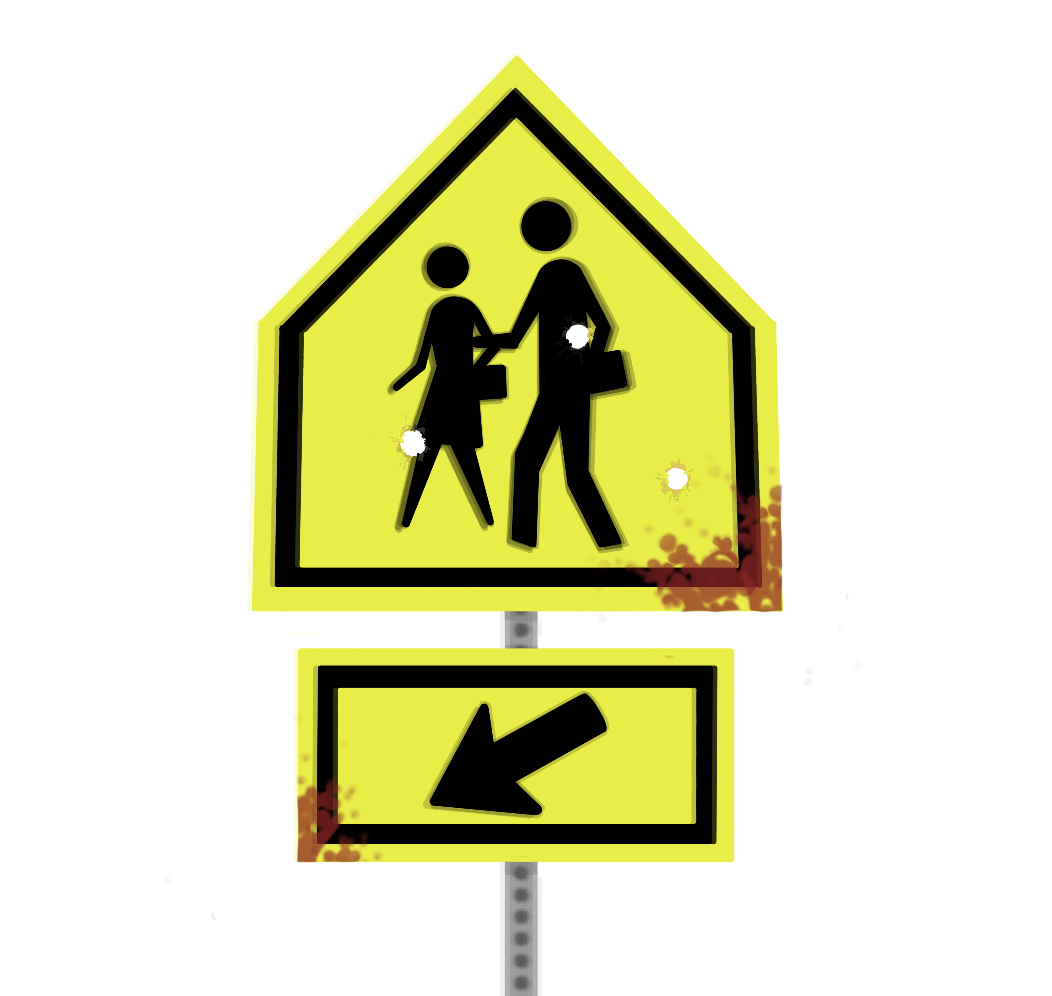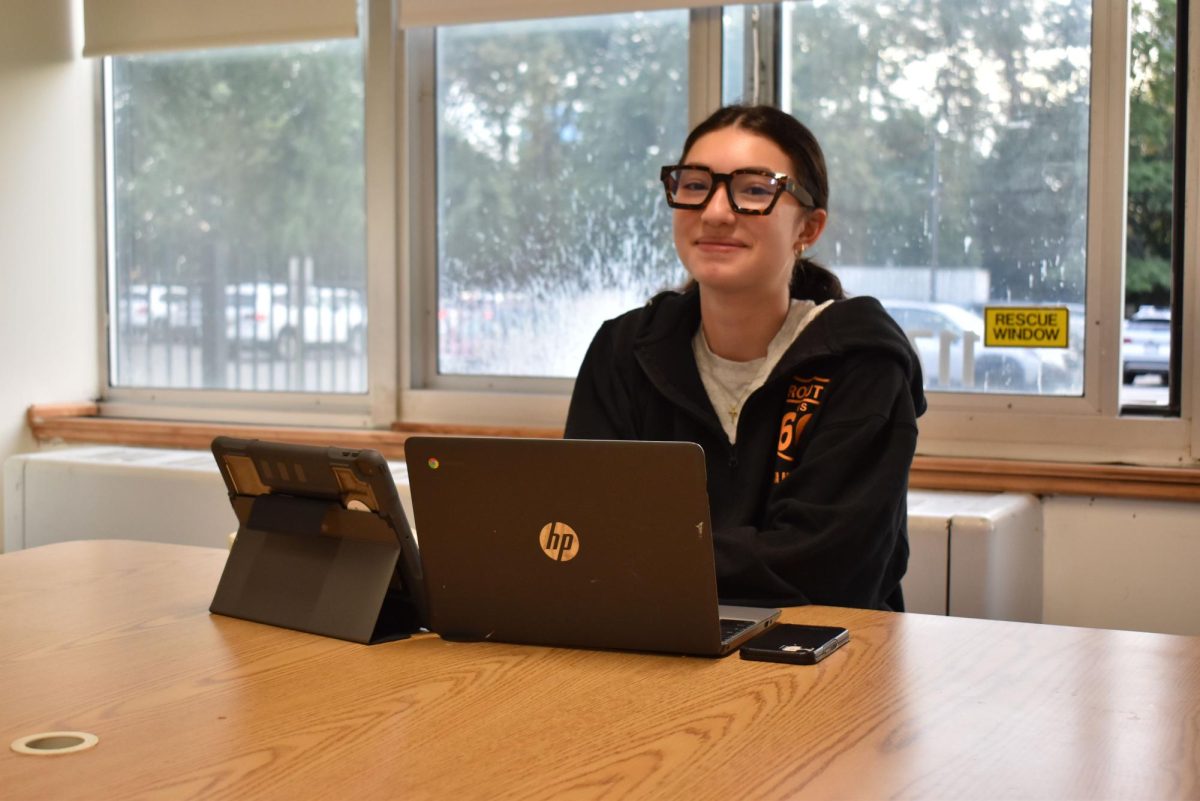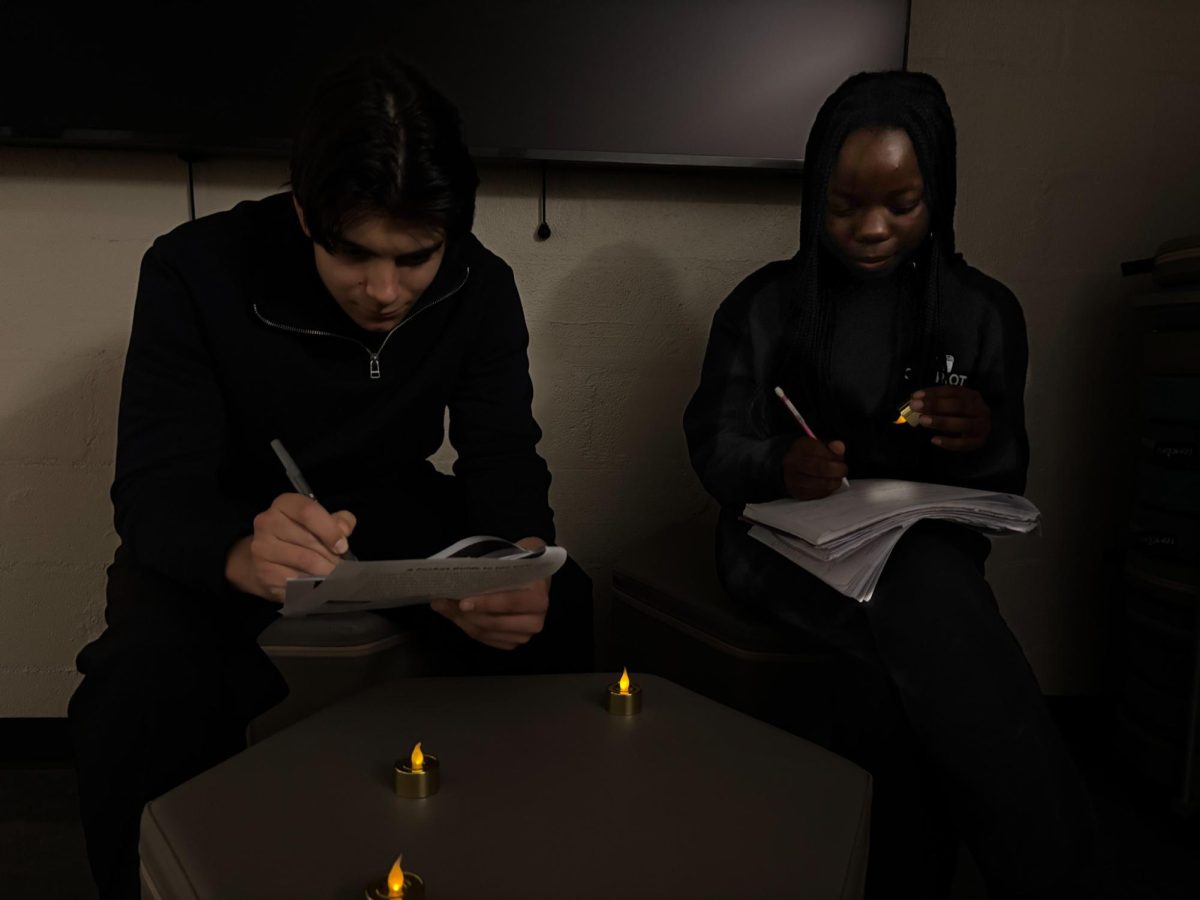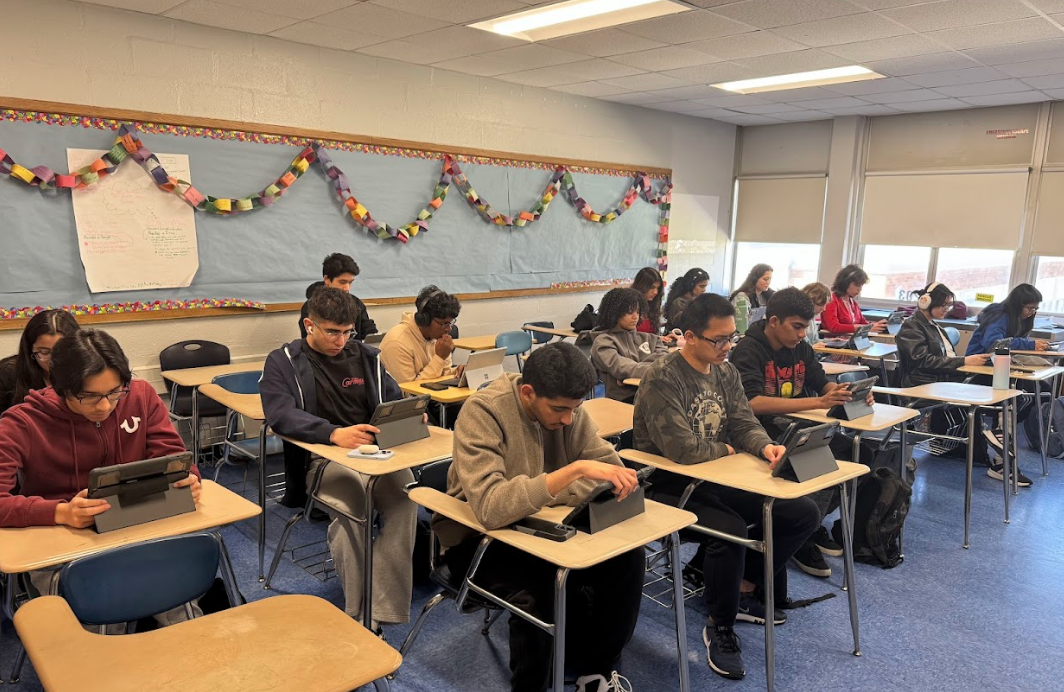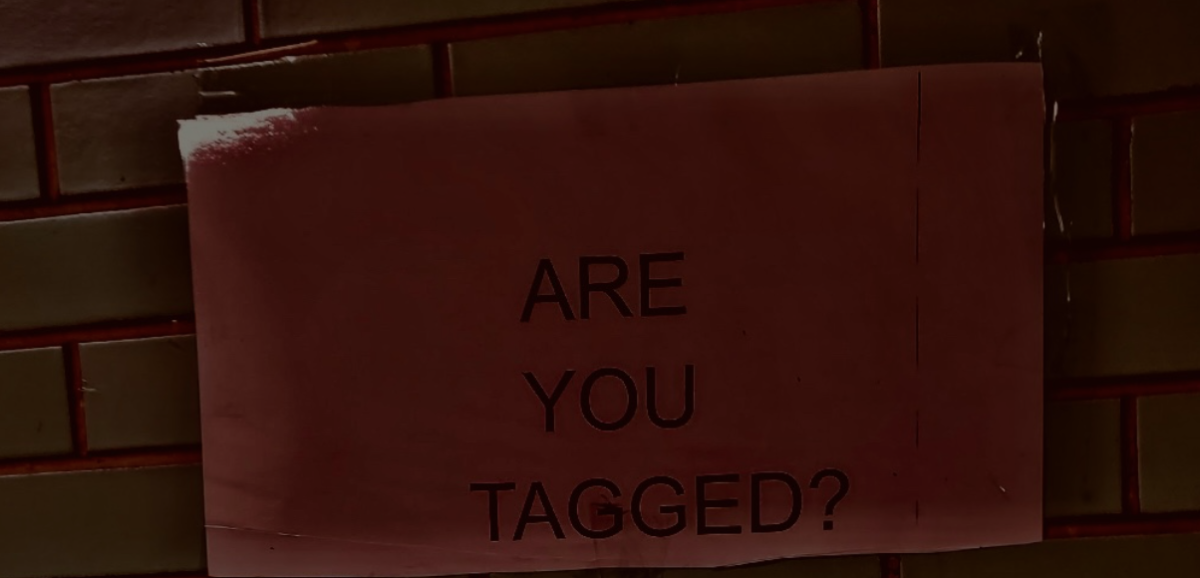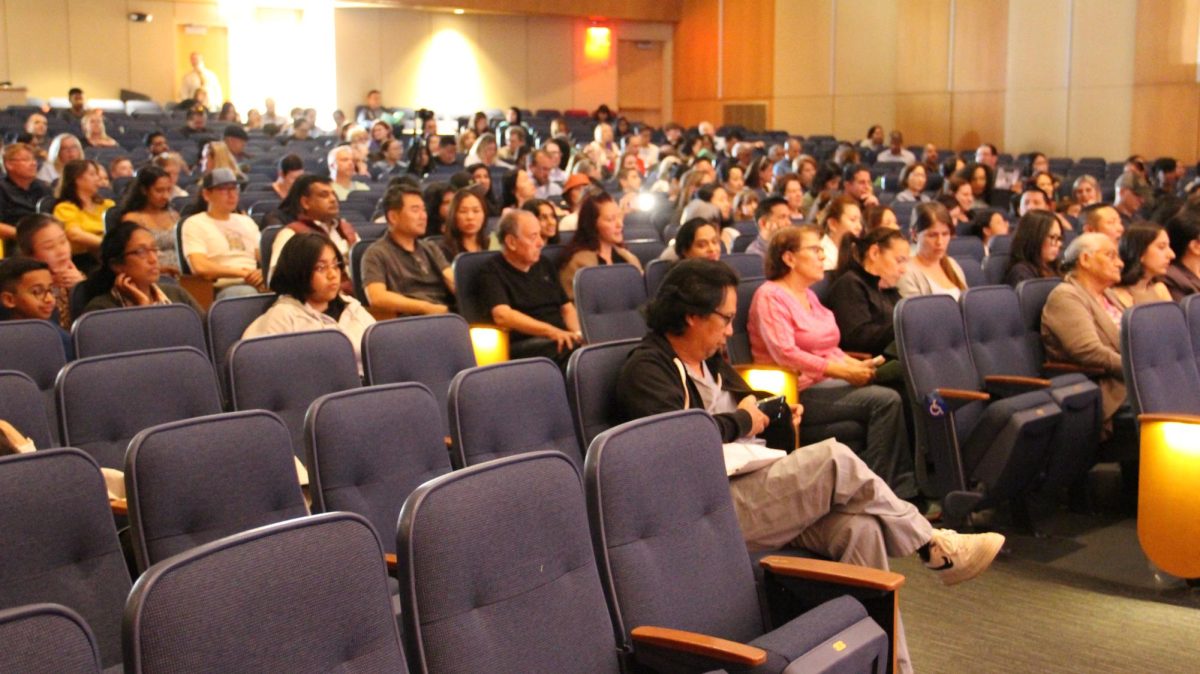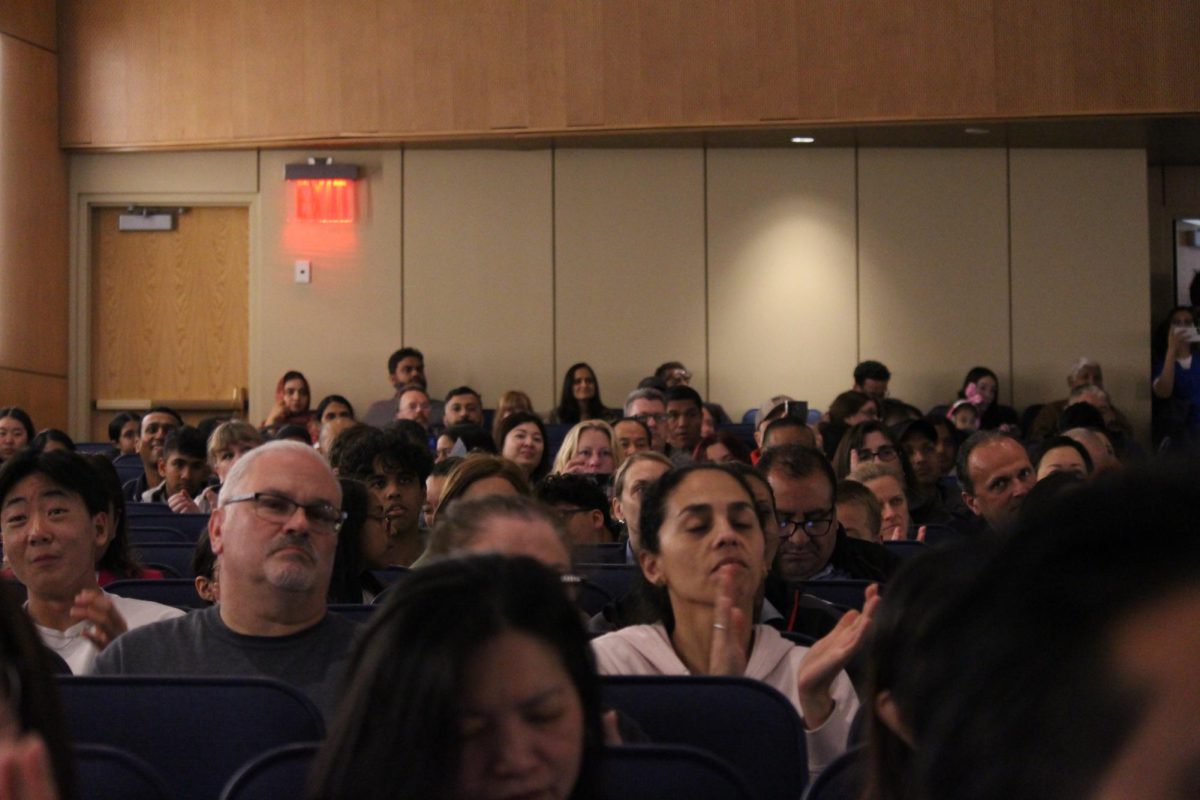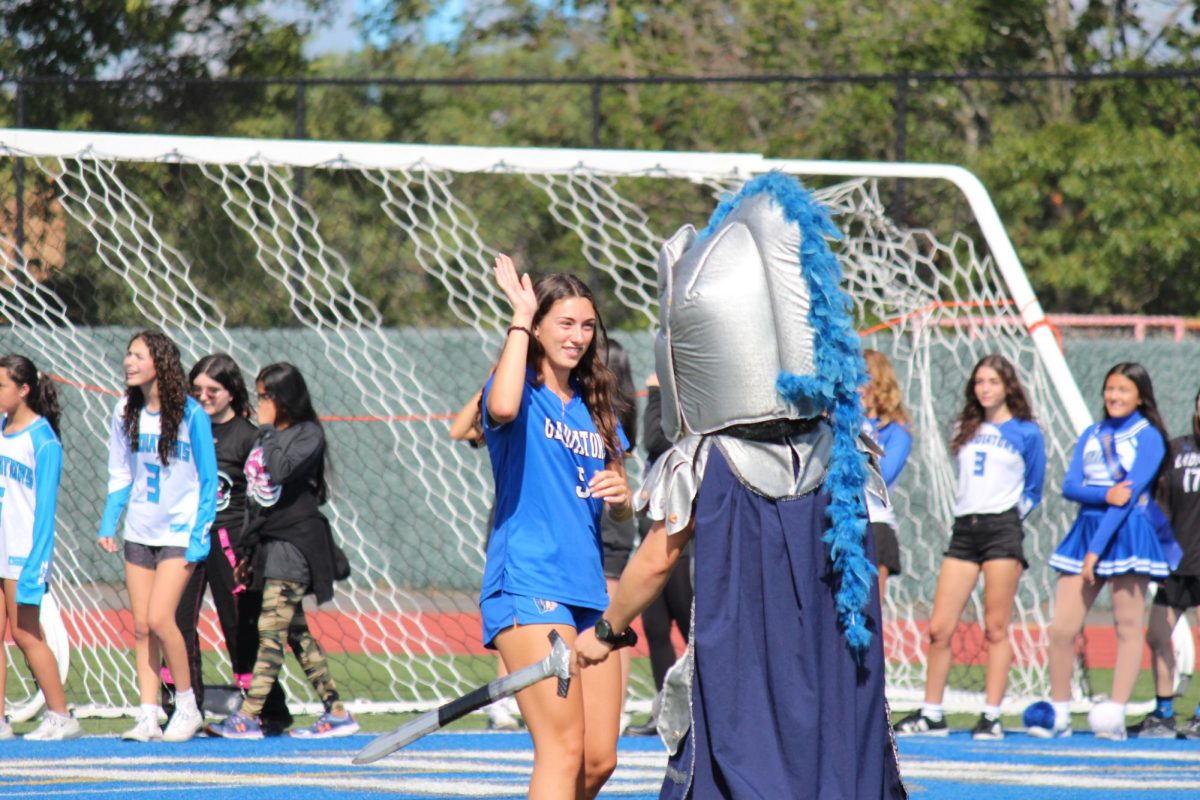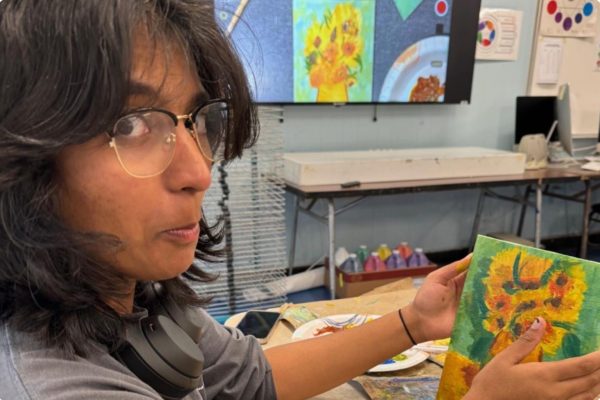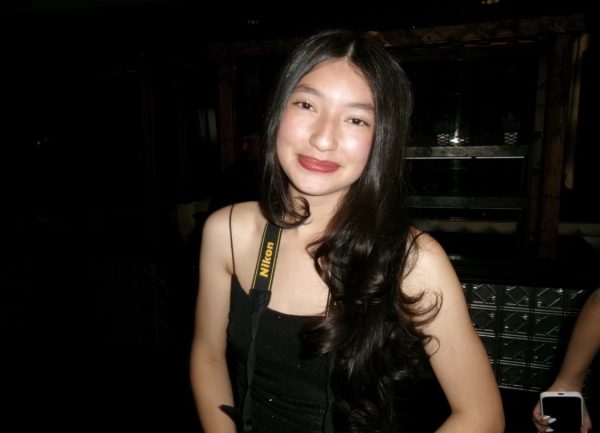As May rolls around at NHP, so do the annual spring concerts. Scheduled for May 19, 21 and 28, these events offered students multiple chances to experience the musical talents within our school. However, attendance was surprisingly low. The audience was largely made up of parents and siblings, with very few students choosing to attend. This stands in direct contrast to the school musical, which tends to draw a much larger student crowd—often turning into a social outing or even a casual date. This contrast raises an important question: why is there such a gap in student interest between the spring concerts and the musical?
A Google Form was distributed before the concerts to gauge student participation and interest. A total of 132 responses were collected. First, participants were asked whether they had ever attended an NHP music concert—50.8% responded yes. When asked if they had attended a school musical, 55.3% said yes. It is important to note that the results may be influenced by response bias, as some participants may have been members of the performing groups themselves.
Participants were then asked which concert groups they had seen. Chorus was the most attended, with 69.4% of respondents indicating they had seen a chorus performance. Orchestra followed closely at 68.1%, and band trailed slightly after at 62.5%.
Next, participants were asked whether they believed musical concerts were less popular than the musical, and to explain why. Most responded “yes,” with only five saying “no.” The most common reason cited was a lack of advertising. The second most frequent was low engagement, with many saying musicals are more entertaining for the audience. Other reasons included the musical running for three consecutive days, concerts feeling targeted mainly at parents, being predictable or repetitive and even being described as “boring.” Some noted that the type of performing group plays a role, with jazz bands, in particular, appearing to attract less participation in recent years. Those who said “no” pointed out that concerts feature more student performers, which draws more friends and family and are also free.
Finally, the form asked for suggestions to address the participation gap. The most common response was to increase promotion—through posters, morning announcements or by sharing a theme/song list in advance so students know what to expect. Some suggested emulating the musical by pulling students out of class to attend. Others proposed offering incentives, such as giveaways or extra credit. A few responses recommended making concerts more interactive, similar to the musical, to reduce predictability. One idea even suggested adding a post-concert poll for audience feedback. Others suggested incorporating more popular songs into the set list to make the concerts more appealing and encourage greater student attendance. Those who had answered “no” to the aforementioned question suggested lowering costs for the musical and increasing funding for concert equipment.
The audience turnout for the concerts was examined to better understand attendance patterns. On May 19, performances included the 7th and 8th grade bands, along with both orchestra periods. At the start of the event, the audience appeared to consist primarily of parents. However, after the junior high bands finished performing, many of those parents seemed to leave before the orchestra performed. The students in the crowd were mainly service league members or friends of the people performing.
On May 21, the junior high jazz band, senior high jazz band, chamber singers and string ensemble performed. Compared to the first day, overall audience attendance was lower. However, a similar pattern emerged—once the junior high jazz band finished performing, a noticeable portion of the audience left.
Finally, on May 28, the junior high chorus, senior high chorus and senior high band performed. As with previous concerts, many parents left after the junior high chorus finished. However, a significant crowd remained for the senior high band, likely due to the group’s large size and number of student participants.
Some of the performers from each day were asked why they thought so few students attended the concert.
“Musicals happen during three consecutive days, making them more accessible,” freshman Mihir Jadhav said.
“The music concerts are not advertised as much,” freshman Dhruvi Dani said.
“People are less interested in music, as it’s harder to be entertained,” senior Maximus Josue said.
“Usually parents of concert go to the concert, rather than other students,” freshman Evangeline Jacob said.
To better understand the discrepancy, music teachers were also asked to share their perspectives on the issue.
“I think students may be aware of the concerts, but don’t think they will know or enjoy any of the music being performed,” band director Ms. Bagley said. “In reality, all our ensembles play varied programs, with modern and classical pieces and many in between. Additionally, I think student musicians are likely to be friends with other musicians who are also performing in the concert!”
“I cannot think of any reason for low student attendance other than perhaps we need to advertise the concerts more,” orchestra director Ms. Tomkiw said. “Perhaps the students in the groups need to put up posters, put things on the school website promoting the performances. The concerts do tend to come at times that may be a problem, just before the December break, students may have a lot of work, tests to deal with, consequently they cannot attend the concerts.”
The teachers also mentioned that they have been actively making efforts to increase student participation.
“Some NHP Band students have begun an Instagram account to get the word out about our program, though it is a very different experience appreciating music in person,” Ms. Bagley said. “I think the student musicians themselves should be proud to invite their friends, family, neighbors, and teachers to our concerts!”
Regardless of the underlying reasons, a noticeable disparity exists in audience attendance between musical concerts and other school entertainment events. Considering the significant effort that goes into preparing these concerts, it is important that they receive the audience and recognition they deserve.

